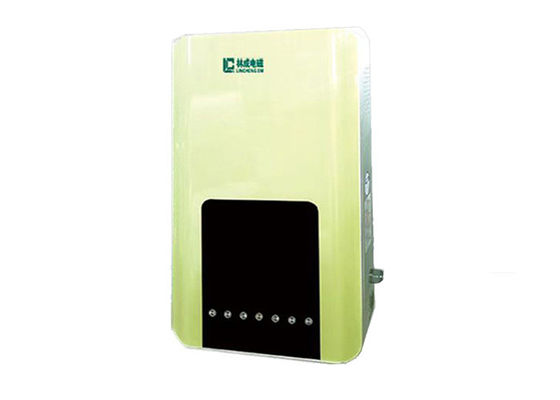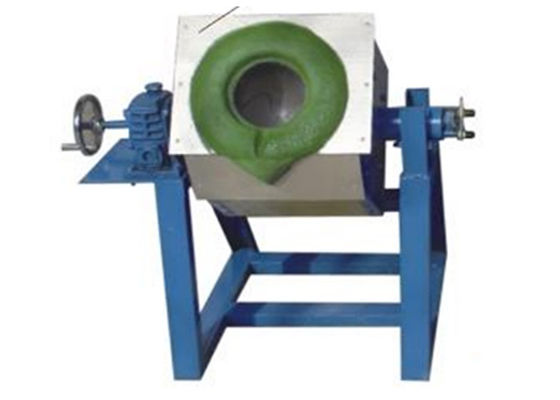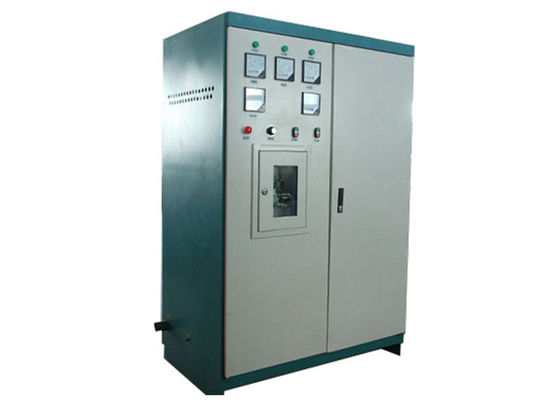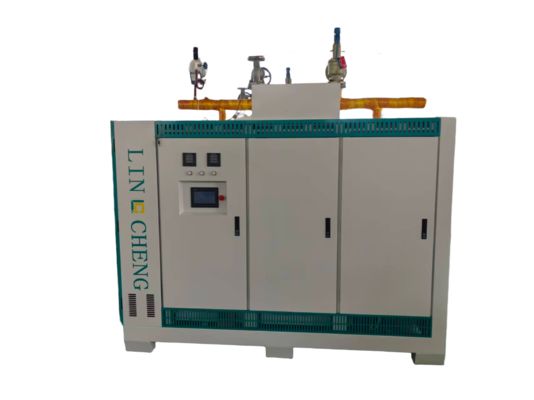In the competitive world of metal casting, efficiency isn't just a goal; it's the key to survival and growth. If your foundry is still relying on older melting technologies, you're likely facing high operational costs, inconsistent melt quality, and environmental challenges. The solution? An induction melting furnace for foundry operations. This technology uses electromagnetic forces to heat and melt metal with stunning speed and precision. It's a game-changer. We've seen foundries transform their operations after making the switch. A 2022 study by the Advanced Metalcasting Consortium found that foundries utilizing coreless induction melting furnace systems improved their overall energy efficiency by up to 35% compared to traditional cupolas or fuel-fired furnaces.
How It Works: The Science of Precision Melting
So, how does this system achieve such remarkable results? An induction melting furnace for foundry use operates on a simple but brilliant principle of electromagnetism. A powerful, alternating current flows through a copper coil, creating a rapidly reversing magnetic field. When a conductive metal charge (like iron, steel, or aluminum) is placed inside this coil, the magnetic field induces thousands of small electrical currents—called "eddy currents"—within the metal itself. The electrical resistance of the metal then causes it to heat up rapidly from within.
Think of it like microwaving metal. The heat is generated directly inside the material, not transferred from an external flame. This direct heating method is what makes the induction melting furnace so efficient and controllable, leading to cleaner melts and less material loss.
Top 5 Benefits for Your Foundry Operation
Why does this matter for your bottom line? The advantages of an induction melting furnace for foundry applications are direct and impactful.
-
Unmatched Energy Efficiency: Because heat is generated directly within the charge, thermal transfer losses are minimal. This direct coupling means a well-designed induction melting furnace can achieve thermal efficiencies over 90%, drastically reducing your electricity bill.
-
Superior Melt Quality and Control: You have precise command over the melting process. The stirring action of the electromagnetic field creates a homogenous melt with consistent chemistry and temperature, which is critical for producing high-integrity castings with fewer defects.
-
A Cleaner, Safer Working Environment: There are no combustion gases, soot, or excessive radiant heat. This significantly improves air quality in the foundry, enhances worker safety, and makes it easier to meet environmental regulations—a huge plus for any modern foundry.
-
Increased Production Flexibility: These furnaces melt fast and allow for easy alloy changes. You can start and stop melts with ease, making them perfect for both high-volume production and small, specialized batches. This agility is a massive competitive advantage.
-
Reduced Metal Oxidation and Loss: The melting process is quicker and can be performed in a controlled atmosphere, leading to less dross formation and a higher yield of usable metal. You get more saleable product from your raw materials.
Induction Melting vs. Arc Furnace: A Foundry Showdown
Which technology is right for your specific needs? Let's compare the two most common electric melting options.
As the table shows, while arc furnaces are powerful for massive melts, the induction melting furnace offers superior control and efficiency for most precision foundry applications.
A 5-Step Guide to Optimizing Your Induction Melting Process
Switching to or optimizing an induction system requires a strategic approach. Here’s how to get the most out of your equipment.
Step 1: Select the Right Furnace Lining. The refractory lining is your furnace's protective shell. The choice between a sintered, rammed, or pre-cast lining depends on the metal you're melting, your production volume, and cost considerations. Getting this wrong leads to downtime and safety risks.
Step 2: Master Your Charge Preparation. The efficiency of an induction melting furnace depends on a consistent and clean charge. Use clean, dry, and appropriately sized scrap or ingots. Avoid overly fine or rusty materials, which can reduce melting efficiency and metal yield.
Step 3: Implement Precise Power Control. Don't just run the furnace at full power all the time. Develop a melting profile. Start with a lower power setting to preheat the charge and drive off moisture, then ramp up to full power. This saves energy and extends lining life.
Step 4: Leverage the Electromagnetic Stirring. Understand that the natural stirring action is your friend. It ensures a uniform temperature and chemical composition. However, for some alloys, excessive stirring can increase oxidation. Learn to control the power settings to manage stirring intensity.
Step 5: Establish a Rigorous Lining Maintenance Schedule. The lining degrades with each heat. Implement a daily inspection routine for cracks and wear. A proactive maintenance plan is far cheaper than an unplanned breakout, which can be catastrophic.
Common Pitfalls to Avoid
⚠ Warning: The most dangerous mistake is neglecting lining wear. A thin lining can lead to a "breakout," where molten metal escapes and contacts the copper coil, causing an explosion. Never skip your pre-heat lining inspections.
⚠ Warning: Using the wrong frequency for your application. Medium-frequency furnaces are versatile, but for melting very small quantities or certain non-ferrous metals, a different frequency might be optimal. Consult with your supplier to match the furnace's electrical characteristics to your primary foundry needs.
Real-World Impact: A Case Study
Our team consulted with a mid-sized gray iron foundry in 2023 that was battling high scrap rates and energy costs with their vintage equipment. They invested in a new medium-frequency induction melting furnace. The results were transformative. Within six months, their scrap rate due to slag inclusions and cold shuts dropped by 40%. Their electricity consumption per ton of melted iron decreased by 28%. Interestingly, the plant manager reported an unexpected benefit: "The working environment has improved so much that we're now attracting a younger, more skilled workforce who are eager to work with advanced technology."
Your Foundry Melting Optimization Checklist
Before your next melt, run through this list:
☐ Furnace refractory lining inspected for wear and damage.
☐ Charge material is clean, dry, and sized correctly.
☐ Melting power profile is set for optimal efficiency.
☐ Required alloy additions are prepared and ready.
☐ Safety protocols for molten metal handling are confirmed.
☐ Temperature measurement tools are calibrated and functional.
Adopting and mastering an induction melting furnace for foundry production is one of the most significant steps you can take toward a more profitable, sustainable, and competitive operation. By focusing on the details of the process, you unlock the full potential of this powerful technology.
Frequently Asked Questions (FAQs)
Q1: What is the typical lifespan of an induction melting furnace?
A: The furnace shell and coil can last for decades with proper care. The consumable part is the refractory lining, which typically lasts from a few weeks to over a year, depending on the operating temperature, slag chemistry, and maintenance schedule.
Q2: Can induction furnaces handle 100% scrap charge?
A: Yes, one of the greatest advantages of an induction melting furnace for foundry use is its ability to melt 100% scrap charge efficiently. The electromagnetic stirring helps ensure a uniform melt from variable scrap materials.
Q3: How does induction melting affect the final metallurgy of the casting?
A: It generally improves it. The precise temperature control and homogenous stirring lead to a consistent chemical composition and reduced gas porosity. However, it does not refine metal like an arc furnace; the quality of the melt is directly dependent on the quality of the charge materials.
Q4: What are the main safety concerns with an induction furnace?
A: The primary hazards are molten metal (as with any furnace), the risk of a lining breakout, and electrical dangers from high-voltage systems. A rigorous safety protocol focusing on lining inspection, proper training, and lockout-tagout procedures is essential.
Q5: Are induction furnaces suitable for melting non-ferrous metals like bronze or aluminum?
A: Absolutely. Induction melting is excellent for a wide range of non-ferrous alloys, including copper-based alloys (bronze, brass) and aluminum. It provides the fast, clean melting necessary to prevent excessive oxidation of these more reactive metals.

 Your message must be between 20-3,000 characters!
Your message must be between 20-3,000 characters! Please check your E-mail!
Please check your E-mail!  Your message must be between 20-3,000 characters!
Your message must be between 20-3,000 characters! Please check your E-mail!
Please check your E-mail! 









